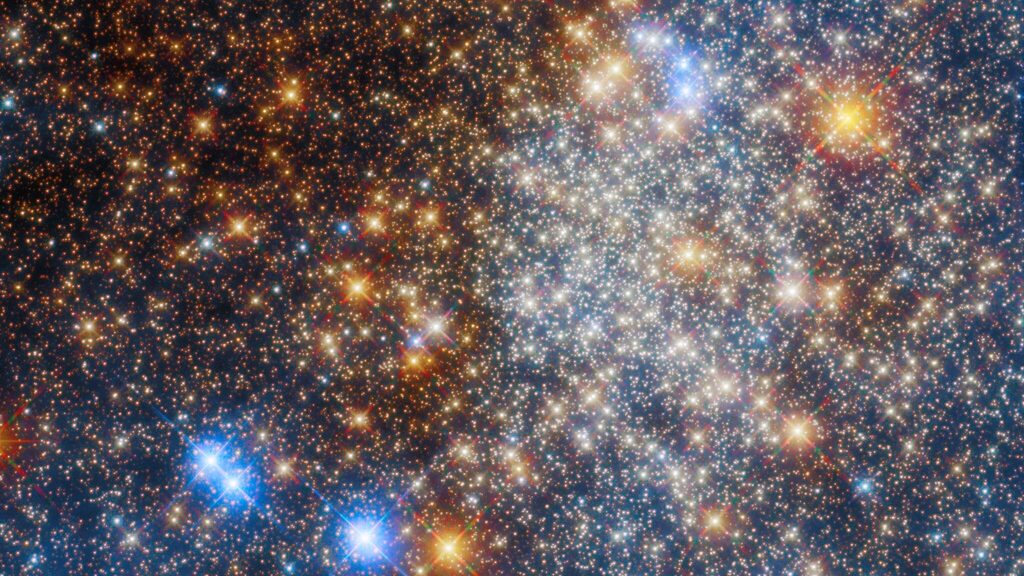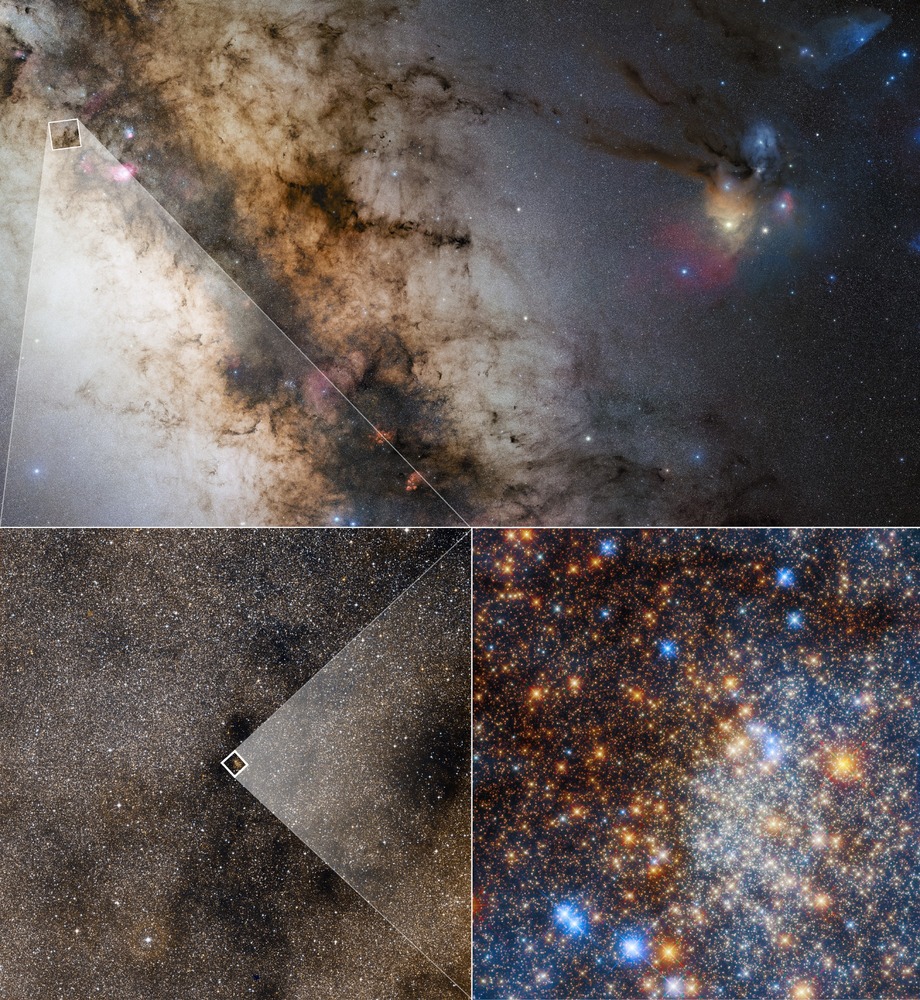Take a look at this heavenly fireworks show. The latest photo obtained by the Hubble Space Telescope shows a cluster of stars in the shape of a sphere — this is Terzan 12. They shine through interstellar gas and dust, creating spectacular activity in the satellite image.

This space beauty is located about 15 thousand light-years from Earth, in the constellation Sagittarius. Globular clusters are groups of old stars that occupy the area around galactic disks, including our Milky Way. They are often difficult to see because of space debris and dust. So it happened with Terzan 12, but even covered with dust and gas, this spherical cluster amazes us with its spectacle.
The above image is the result of a combination of several photographs taken by Hubble on August 8 and 13, 2016. They were obtained thanks to an advanced Hubble camera for astronomical observations and a wide-angle camera. Importantly, these images were taken as part of the Hubble project aimed at understanding the structure and age of globular clusters located in the direction of the central part of the Milky Way.

The image shows bright red-orange stars that are several times the mass of our own Sun, which is already an average size for stars. The blue stars in the photo belong to other objects, they are younger than the cluster, since this latter is a collection of ancient celestial objects.
In addition to their spectacular appearance, globular clusters hide a few more secrets. Two years ago, during the study of the spherical cluster NGC 6397, it was discovered that in its center there was a group of small black holes – objects that have a mass compared to ordinary stars, and which, thanks to their gravity, hold the stars together.
This detection is not impressive, since stellar-mass black holes are formed after the collapse of a very old star, when it explodes and leaves behind a void similar to the shadow of a black hole. An example of this is the spherical cluster Palomar 5, which is 10 billion years old and contains about three times as many black holes as one would expect from the number of stars in this cluster. Scientists suggest that in about a billion years there will be more black holes in Palomar 5 than stars.
In the case of Terzan 12, as well as other globular clusters, we have the opportunity to better understand the life cycles of stars and detect binary stars, neutron stars and black holes. However, for ordinary people, and of course, for astronomers, this is just an exciting sight that you can enjoy watching in the sky.
Earlier we showed the space calendar for 2023 with the best pictures of Hubble and James Webb.
According to Gizmodo
Follow us on Twitter to get the most interesting space news in time
https://twitter.com/ust_magazine
